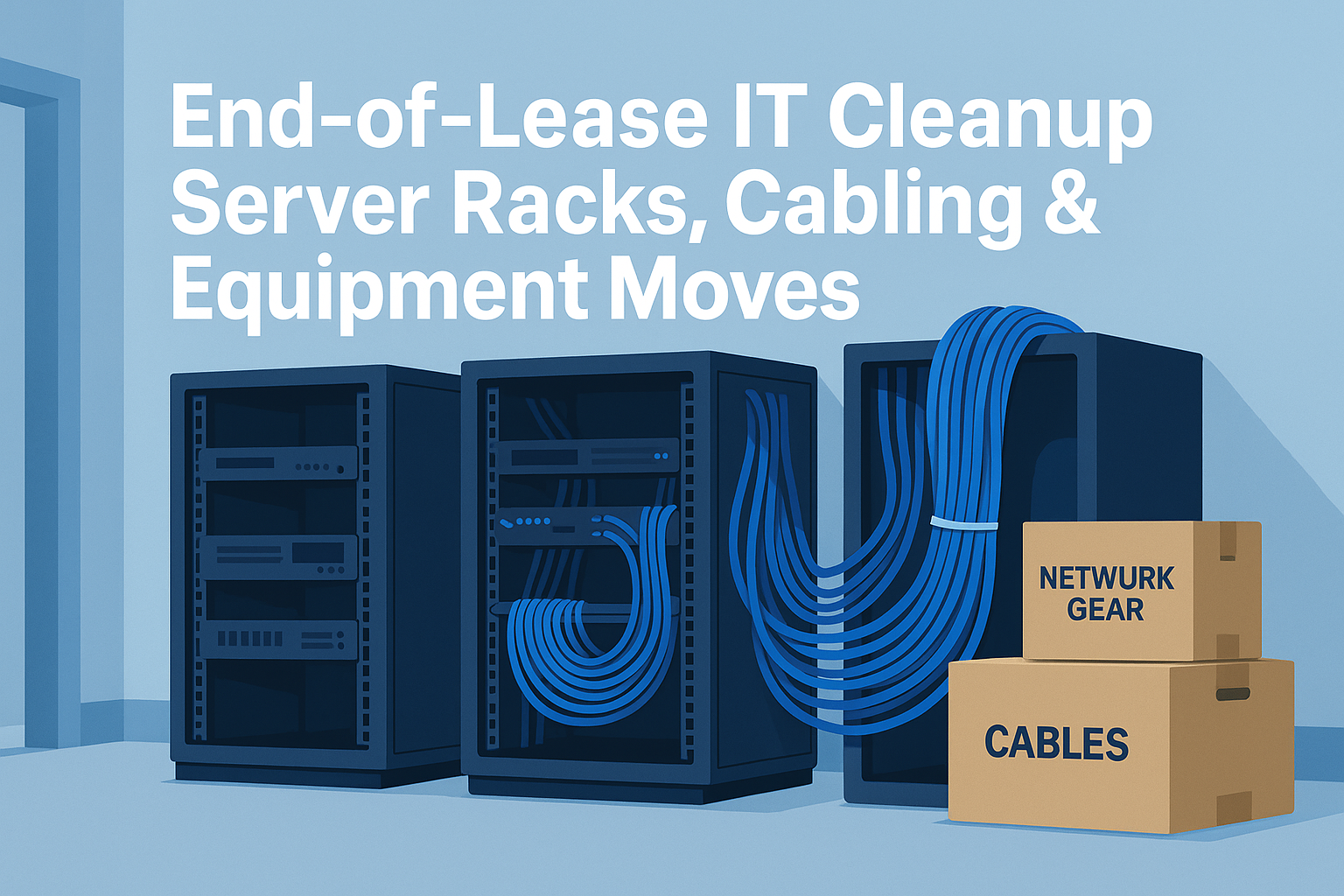Wi-Fi 7 (the Wi-Fi Alliance’s “Wi-Fi CERTIFIED 7” / IEEE 802.11be) has moved from standardization and trials into real products and certification. It brings wider channels, higher-order modulation, and Multi-Link Operation (MLO), allowing devices to use multiple bands at once. Real-world trials show multi-gigabit throughput in homes and multi-unit buildings, plus lower latency and more reliable connections in crowded environments. (wi-fi.org, wballiance.com)
Why this matters for homeowners and small businesses
Short answer: faster, more reliable Wi-Fi — if the rest of your network can keep up.
- Better for modern use: Wi-Fi 7 handles bandwidth-heavy tasks (8K/4K video, cloud gaming, VR/AR, large video calls) and supports many devices at once. That means smoother streaming, fewer dropped calls, and better performance across multiple users. (wi-fi.org)
- Proven real-world gains: Trials show multi-gigabit speeds across a typical house and much better stability compared to Wi-Fi 6/6E — ideal for gigabit+ internet plans or cloud-dependent small offices. (wballiance.com)
- The catch: wireless is only one piece. To unlock Wi-Fi 7 speeds, your wired backbone (ISP connection, cables, switches, uplinks) must also support multi-gigabit. Many Wi-Fi 7 routers/mesh systems now include 2.5/5/10Gb Ethernet ports, but your cabling and switches matter too. (businesswire.com, netgear.com)
What to check in your home or office
- Internet plan vs Wi-Fi: Your router can’t exceed your ISP speed. (wballiance.com)
- Router/mesh hardware: Look for Wi-Fi 7 certified gear with multi-gig (2.5G/5G/10G) WAN/LAN ports. (netgear.com)
- Copper cabling: For 10Gb, run at least Cat6A. Cat6 works for short runs but isn’t recommended for new installs. (icc.com, techspace.co.th)
- Switches and uplinks: Ensure your switches/uplinks support the same multi-gig speeds you want to use. (businesswire.com)
How LLUMINET helps
At LLUMINET we make Wi-Fi 7 more than a marketing line — we deliver the wired foundation and tested performance that turns specs into real results.
- Site surveys & planning: We map signals, check interference, and design AP placement.
- Structured cabling: We install Cat6A copper or fiber, terminate/test to standards, and document for future upgrades. (icc.com)
- Multi-gig backhaul: We set up switches, uplinks, and VLANs for secure, fast office networks.
- Router & mesh setup: We configure Wi-Fi 7 systems, optimize channels/QoS, and secure them (WPA3, auto updates).
- Testing & validation: We certify speeds and coverage, then provide a clear handoff report.
Quick checklist — What to do now
- Run a wired speed test to confirm ISP speeds.
- Inventory your devices — see which are Wi-Fi 6/6E/7 capable.
- Book a LLUMINET site survey if you have gigabit+ internet, heavy video calls, or lots of smart devices.
- Plan a Cat6A cabling upgrade if renovating or wanting 10Gb wired speeds.
- Ask about multi-gig switches/uplinks if you run NAS, multiple workstations, or plan 10Gb internet.
Final words — Is now the right time?
If you have gigabit+ internet, a busy household, or a cloud-reliant office, Wi-Fi 7 is worth planning for now — but holistically. A router upgrade alone won’t deliver the full benefit without proper cabling and backhaul. Trials and certified products show clear, practical gains — LLUMINET ensures those gains reach the devices that need them. (wballiance.com, wi-fi.org)
Ready to get started?
Contact LLUMINET for a no-obligation site survey. We’ll review your setup, recommend the right Wi-Fi 7 hardware, cabling, and switches, and provide a fixed-price proposal for a future-proof network.
👉 Book a site survey with LLUMINET today — let’s unlock your network’s full potential.
References
- Wi-Fi Alliance: Wi-Fi CERTIFIED 7 overview (wi-fi.org)
- Wireless Broadband Alliance: Residential & MDU Wi-Fi 7 field trials (wballiance.com)
- NETGEAR: Wi-Fi 7 product details, multi-gig backhaul options (businesswire.com, netgear.com)
- Cabling guidance: Cat6 vs Cat6A for 10G (icc.com, techspace.co.th)


